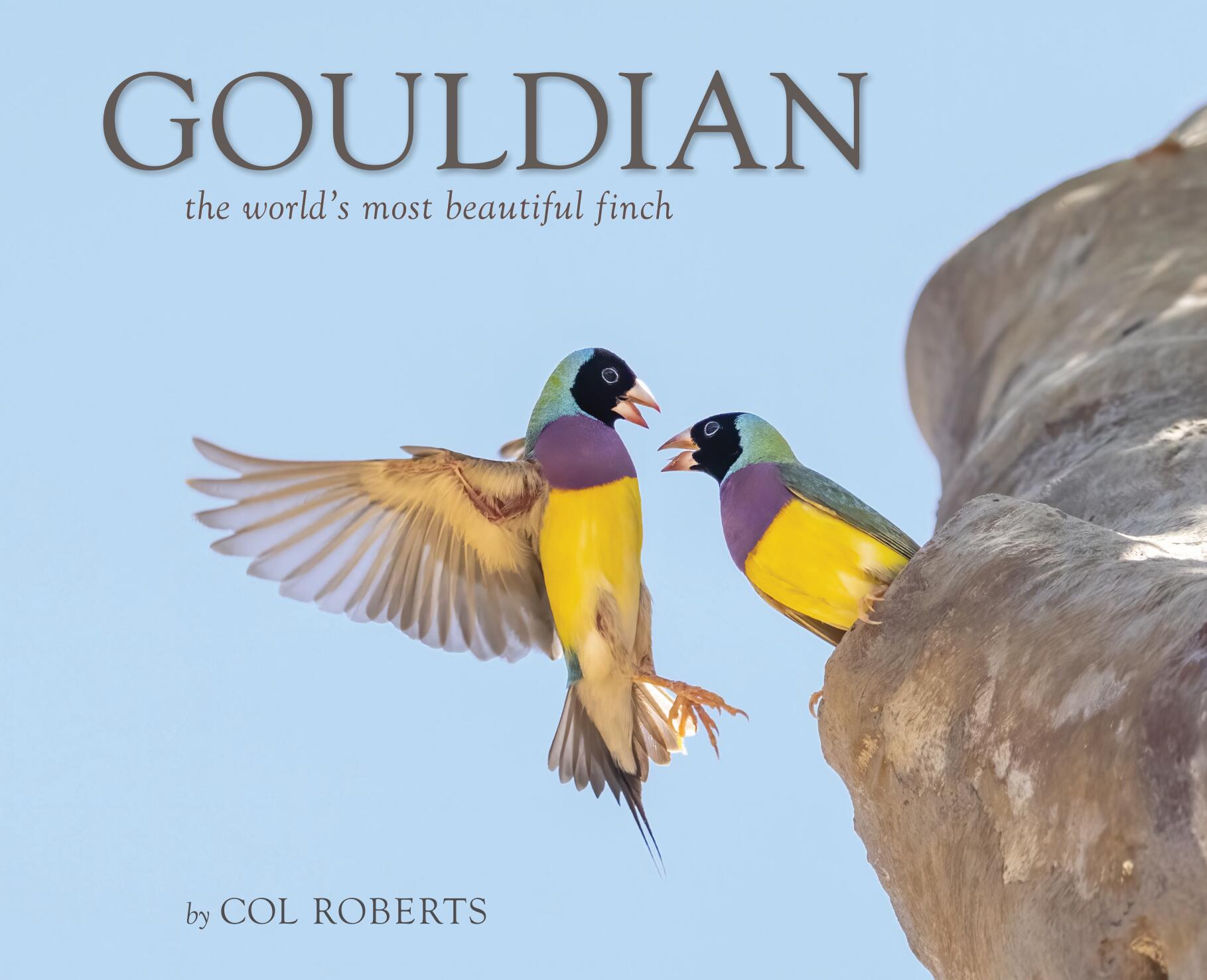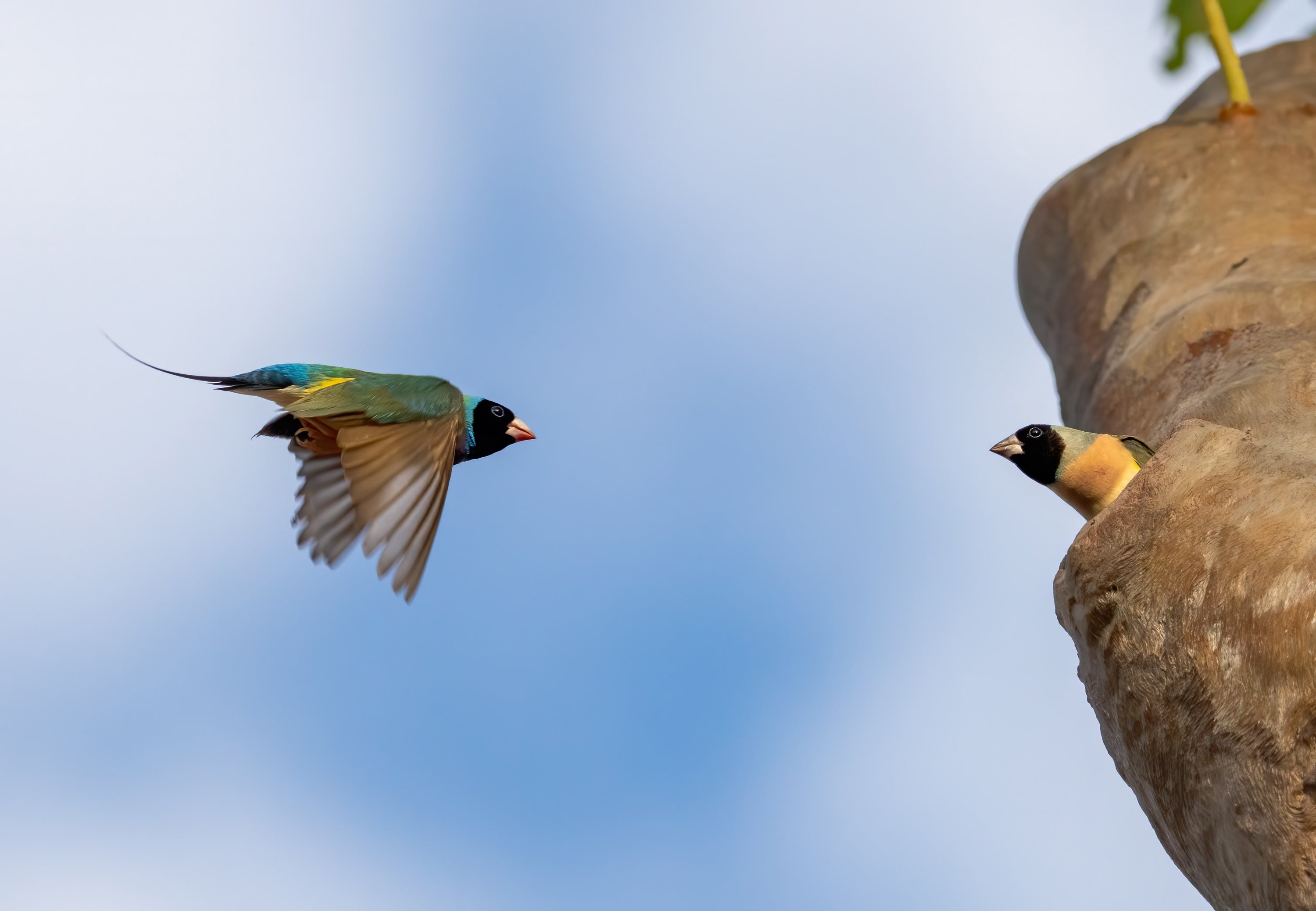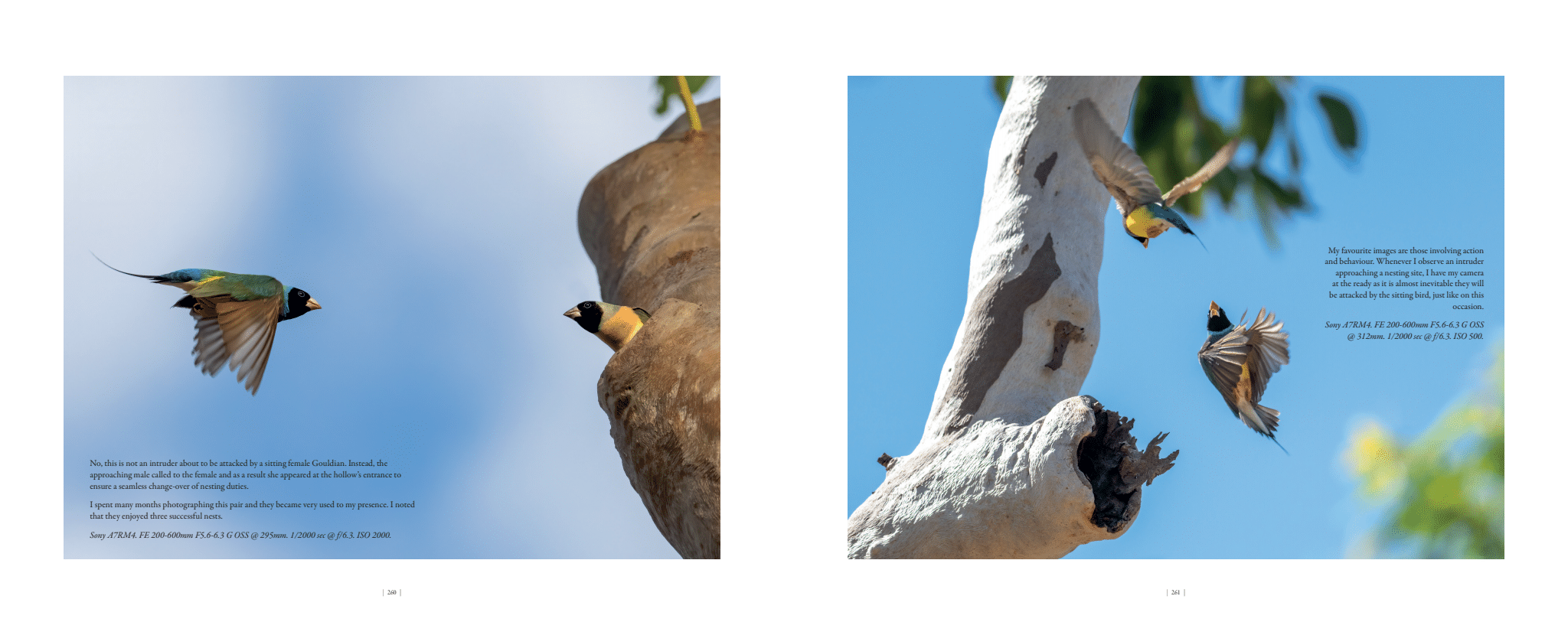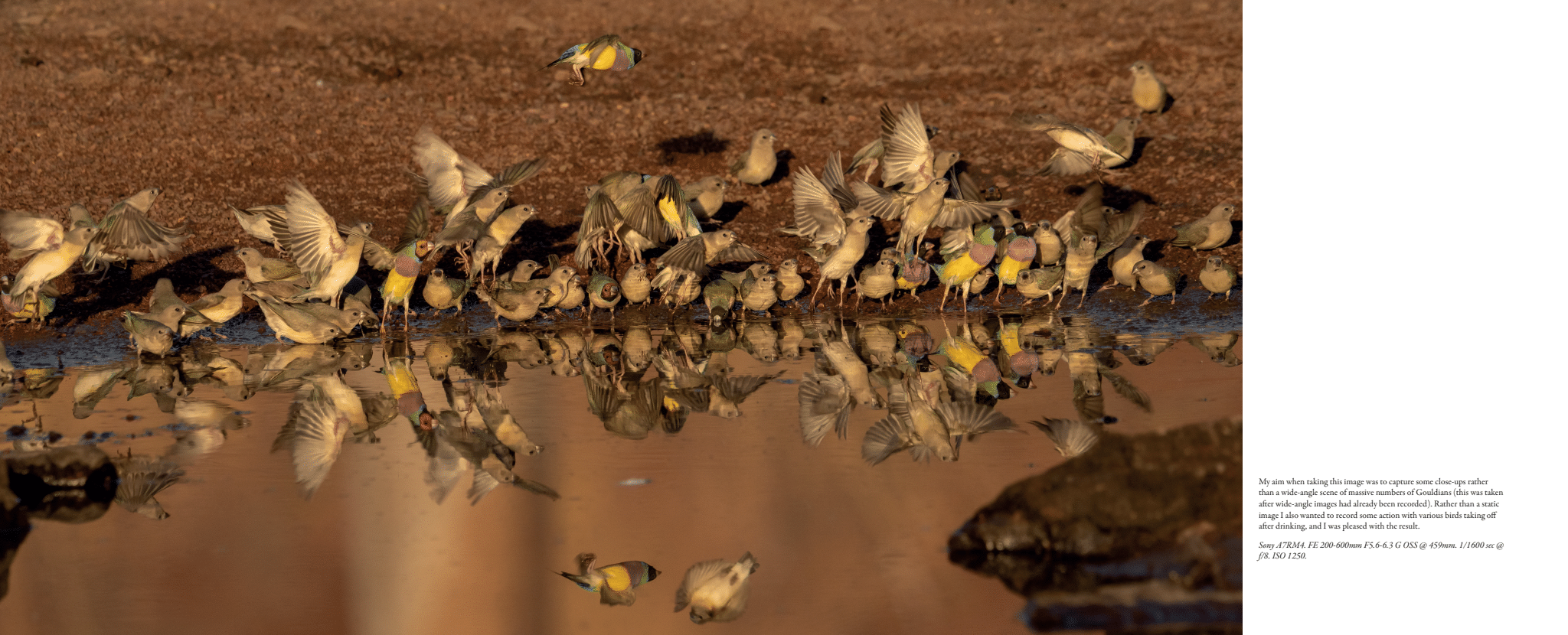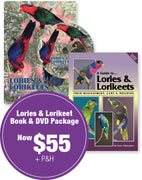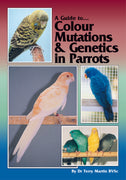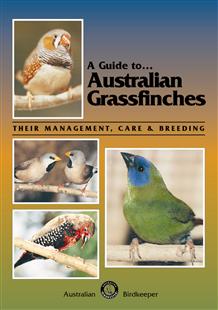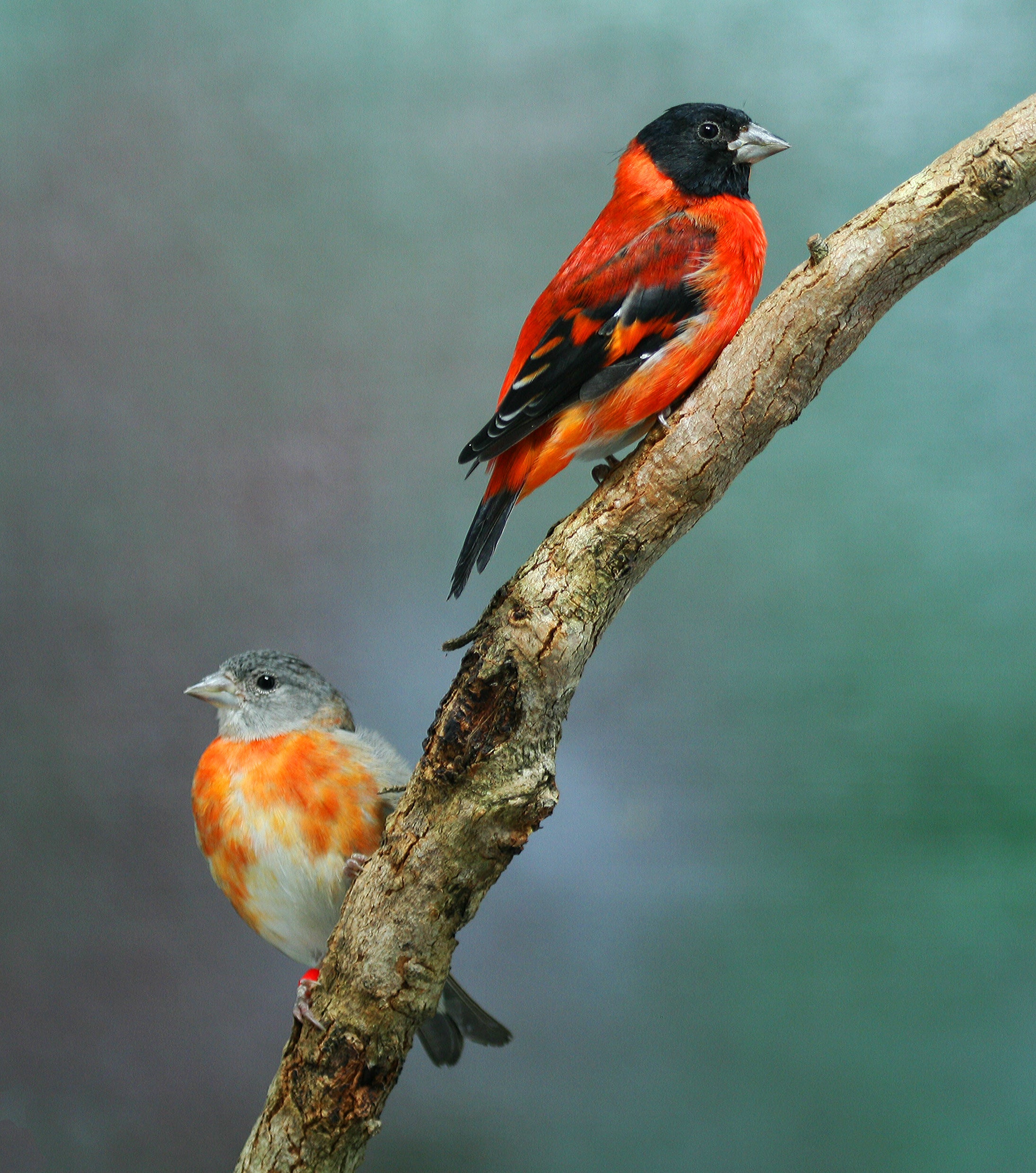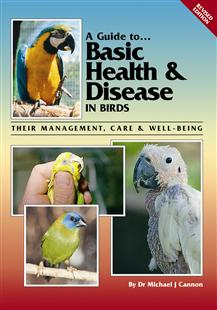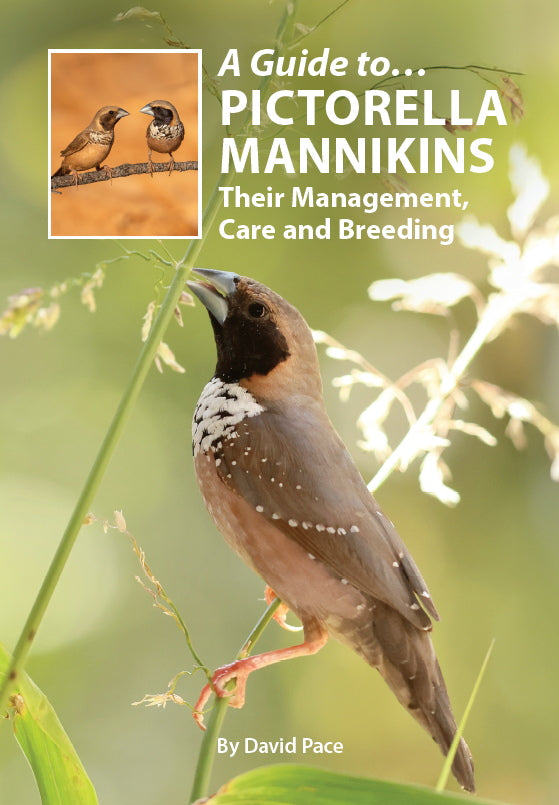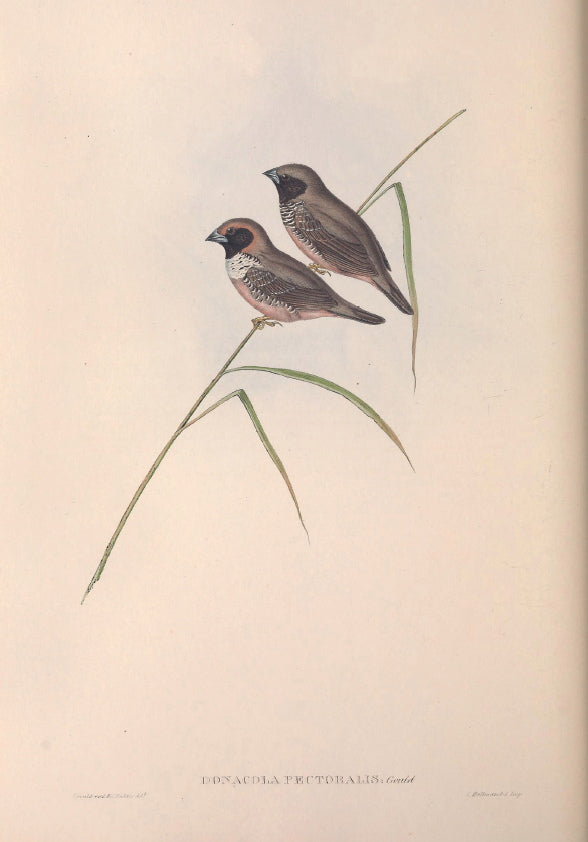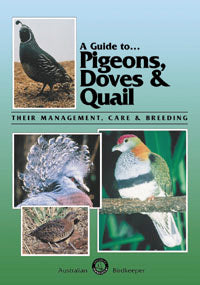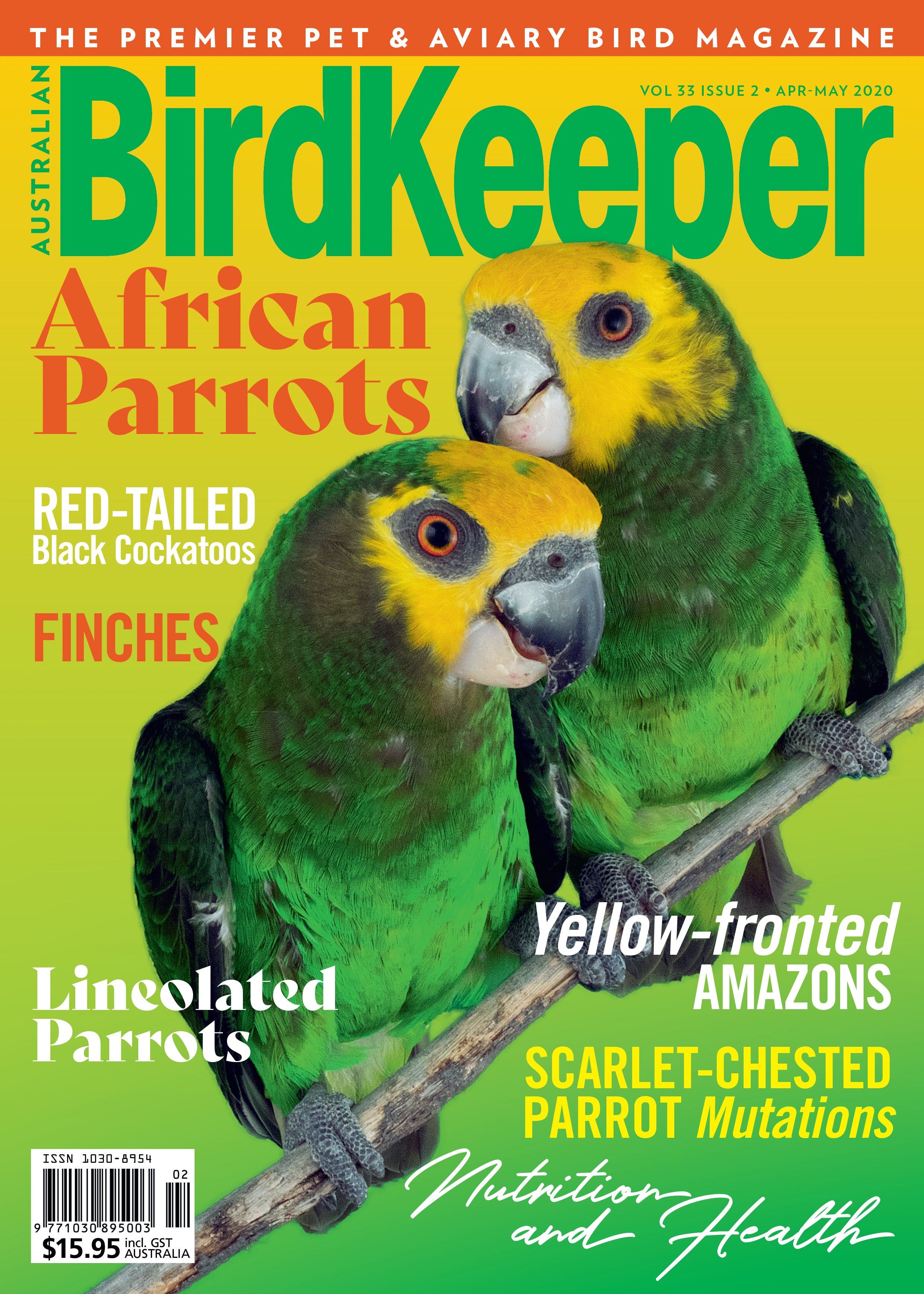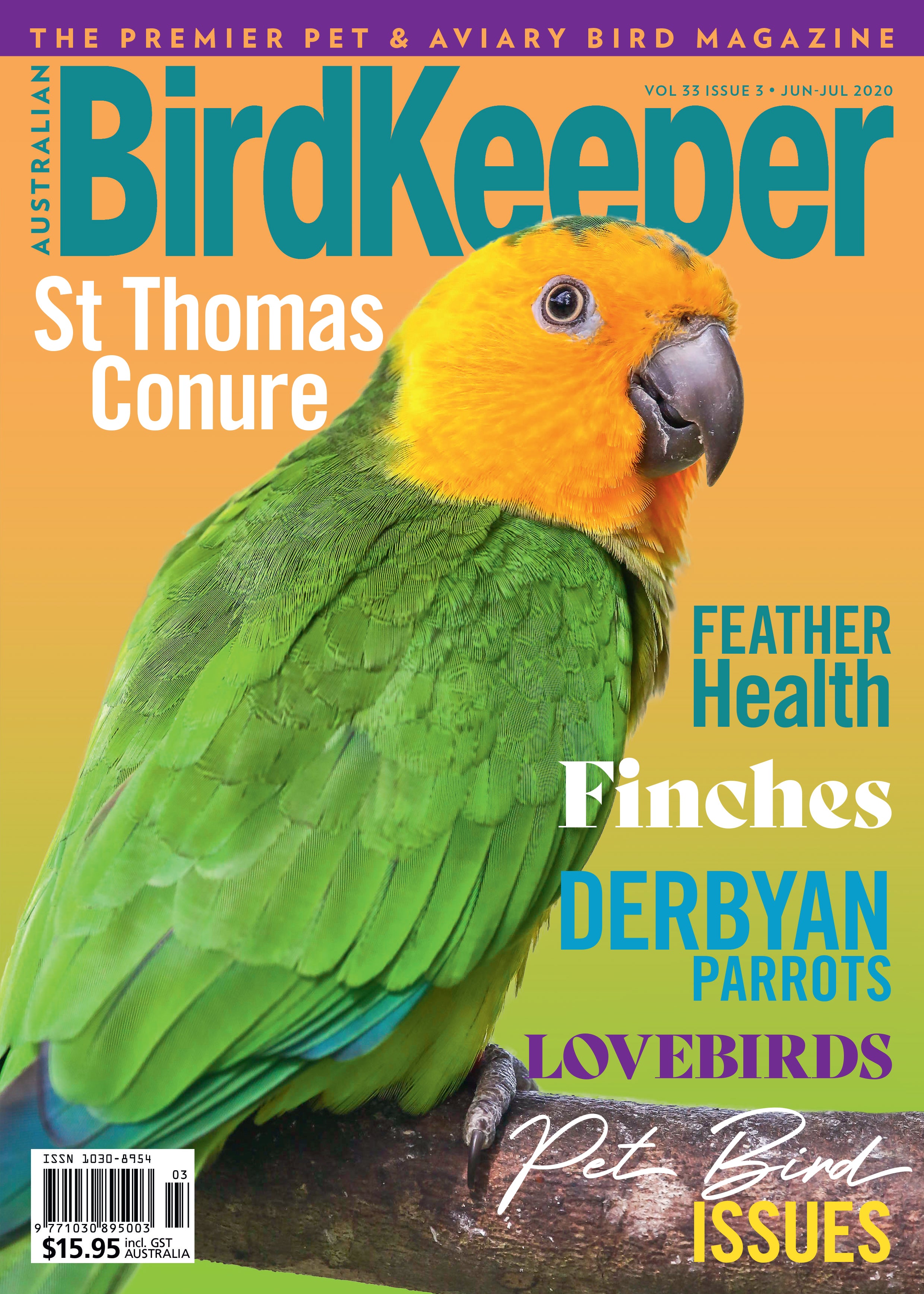- No products in the cart.
Gouldian: the world’s most beautiful finch
$99.00
Availability:
20 In Stock
The Gouldian Finch is arguably the world’s most beautiful bird. However, I would go further and suggest that ‘Gouldian—the world’s most beautiful finch’, published by Col Roberts— Kimberley Images, may...
9780957798731
Col Roberts
300
Hardcover
SKU: GFRoberts
Finch Book
ABK Publications
Books,Finches and Softbills
Description
The Gouldian Finch is arguably the world’s most beautiful bird. However, I would go further and suggest that ‘Gouldian—the world’s most beautiful finch’, published by Col Roberts— Kimberley Images, may well be the world’s most beautiful book.
As an educator, aviculturist, ornithologist and photographer, this new book is indeed a landmark publication. From the first page it is not difficult to be highly impressed by Col’s remarkable photography of this well-known finch. The book is a visual feast of science, natural history, colour, art and beauty, however, there is also excellent detailed text which describes how this book was created and many anecdotal observations, highlighting the authors’ passion for not only the Gouldian Finch but for the whole Kimberly region.
Col describes his book as a photographic record of the Gouldian Finch going about its daily behaviours, and not a detailed text about Gouldian Finch biology. He wants his images to do the talking. This he does in spades!
‘Introduction and Field Observations’ details many aspects of Col’s work method and his Gouldian observations over many years in the field. Living in the Kimberley for 17 years, with copious hours of observation, results in ‘field craft’ that Col suggests cannot be learnt from textbooks.
Col details discovering previously undiscovered potential suitable Gouldian water holes by using Google Earth and Bing Maps. He details specific journeys to water pools and the efforts encountered to reach them. This includes strenuous climbs, steep descents and even occasions when he battled heat stroke to reach the prize of viewing and photographing Gouldian Finches in their natural habitat. Col doesn’t use hides to photograph birds, learning that by simply remaining still, the finches will descend from their safe perches in nearby Boab trees to drink.
Col makes several observations that contradict previous Gouldian Finch research. One example is that it has historically been thought that Gouldian Finches only drink in the early part of the day. Col has observed Gouldian Finches drink and bath several times throughout the day, especially when the weather was 42ºC or above. Flock numbers, however, are reduced during the day, unlike the ‘rush hour’ encountered in the mornings, when large flocks descend to available water.
Feeding habits are described in detail, even down to the seeding grass preferences at different times of the year. Col notes that Spear, Cockatoo and Spinifex Grass seeds are the favoured seed species. He notes the preference for fallen Spear Grass in burnt areas in favour of ripe and ripening Spinifex Grass.
I personally found it fascinating when Col shared his observation of Gouldian Finches feeding on crustaceans located in rock crevices in water courses. He notes: ‘Often, there will be a tug of war amongst various finches over a prized piece of crab. I have only seen them eating dead crabs and never live specimens’.
In describing nesting hollows, Col recounts viewing many breeding Gouldian Finches in hollows of trees that had been burnt, contradicting theories that they prefer unburnt trees to nest in. He also suspects there are enough hollows throughout the Gouldian habitat but hypothesises that the crucial element in selection of hollows is the characteristics of the hollow itself. He quotes Brazill-Boast et al 2010, stating ‘Gouldians are biasing their selection of nesting sites with respect to nest hollow characteristics, such as thicker, more robust cavities and the use of smaller entrances that were situated higher from the ground and in larger trees, to a far greater degree than Long-tailed Finches. Given this, Long-tailed Finches are, in effect, less fussy and have access to a larger number of potential nesting sites. My observations support this view’.
The photographs throughout the book are grouped into sections and introduced with a short but fascinating outline. The ‘Habitat’ section describes various regions of the Kimberley, supported by breathtaking drone photography.
‘Portraits’ has a series of stunning images of both individuals and pairs of Gouldian Finches in various poses and behaviours.
Reviewed by David Pace
RELATED PRODUCTS
A Guide to Australian Grassfinches
The popularity of Australian Estrildid grassfinches is due to the hardiness of these tiny, gregarious and colourful birds. The 18 members are featured in detail. 160 colour photographs support the 80-colour...
A Guide to Basic Health and Disease in Birds (Revised Edition)
When keeping birds it is vital to understand Why Do Birds Get Sick?, Signs of Illness, First Aid, Diet, Medicating Birds, Common Problems and Diseases according to Species, Antibiotics, Parasite Control...
A Guide to Pictorella Mannikins
This text covers the natural history of the wild Pictorella Mannikin population across northern Australia, where the species thrives in open savanna grasslands. It then delves into its avicultural history...
A Guide to Pigeons, Doves and Quail
This colour title covers all species in this group available to the Australian aviculturist. Stunning colour photography throughout is supported by precise, easy-to-read information on the care, management, health and breeding...
Australia - Birdkeeper Magazine Print Subscription
Australian BirdKeeper Magazine is recognised internationally for its colourful articles on bird keeping. With the books ABK is the world's most prolific avian publisher. Bird breeders, pet bird owners, behaviourists and vets form...
Australian BirdKeeper Magazine Vol 25 Iss 1
Australian BirdKeeper Magazine is recognised internationally for its colourful articles on bird keeping. With the books ABK is the world's most prolific avian publisher. Bird breeders, pet bird owners, behaviourists and vets form...
Australian BirdKeeper Magazine Vol 33 Iss 2 Print Version
Australian BirdKeeper Magazine is recognised internationally for its colourful articles on bird keeping. With the books ABK is the world's most prolific avian publisher. Bird breeders, pet bird owners, behaviourists...
Australian BirdKeeper Magazine Vol 33 Iss 3 Print Version
Australian BirdKeeper Magazine is recognised internationally for its colourful articles on bird keeping. With the books ABK is the world's most prolific avian publisher. Bird breeders, pet bird owners, behaviourists...
